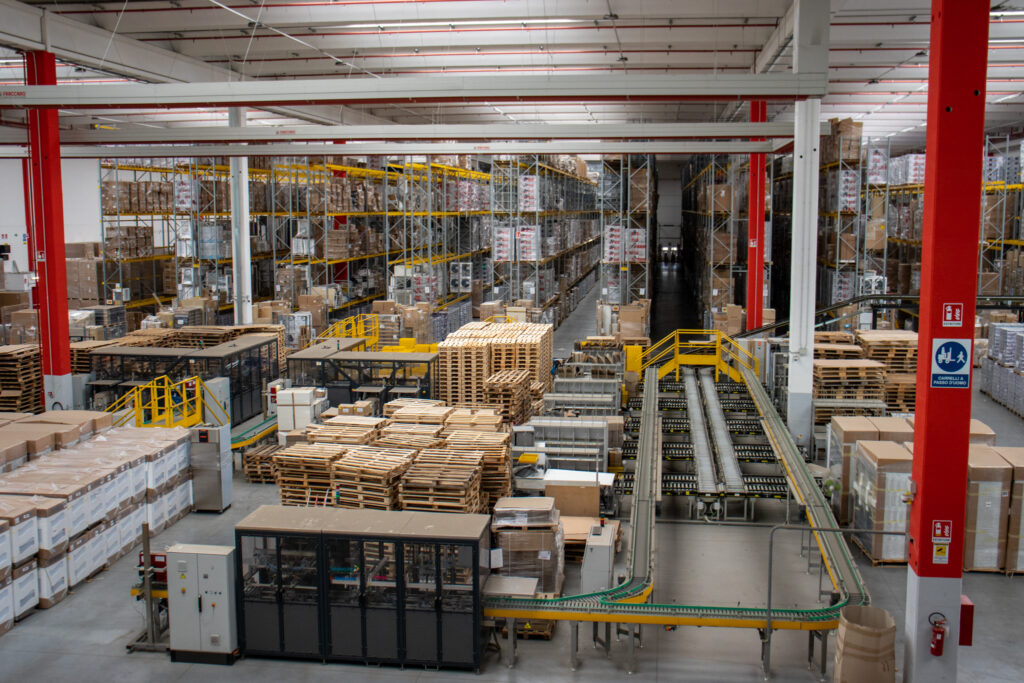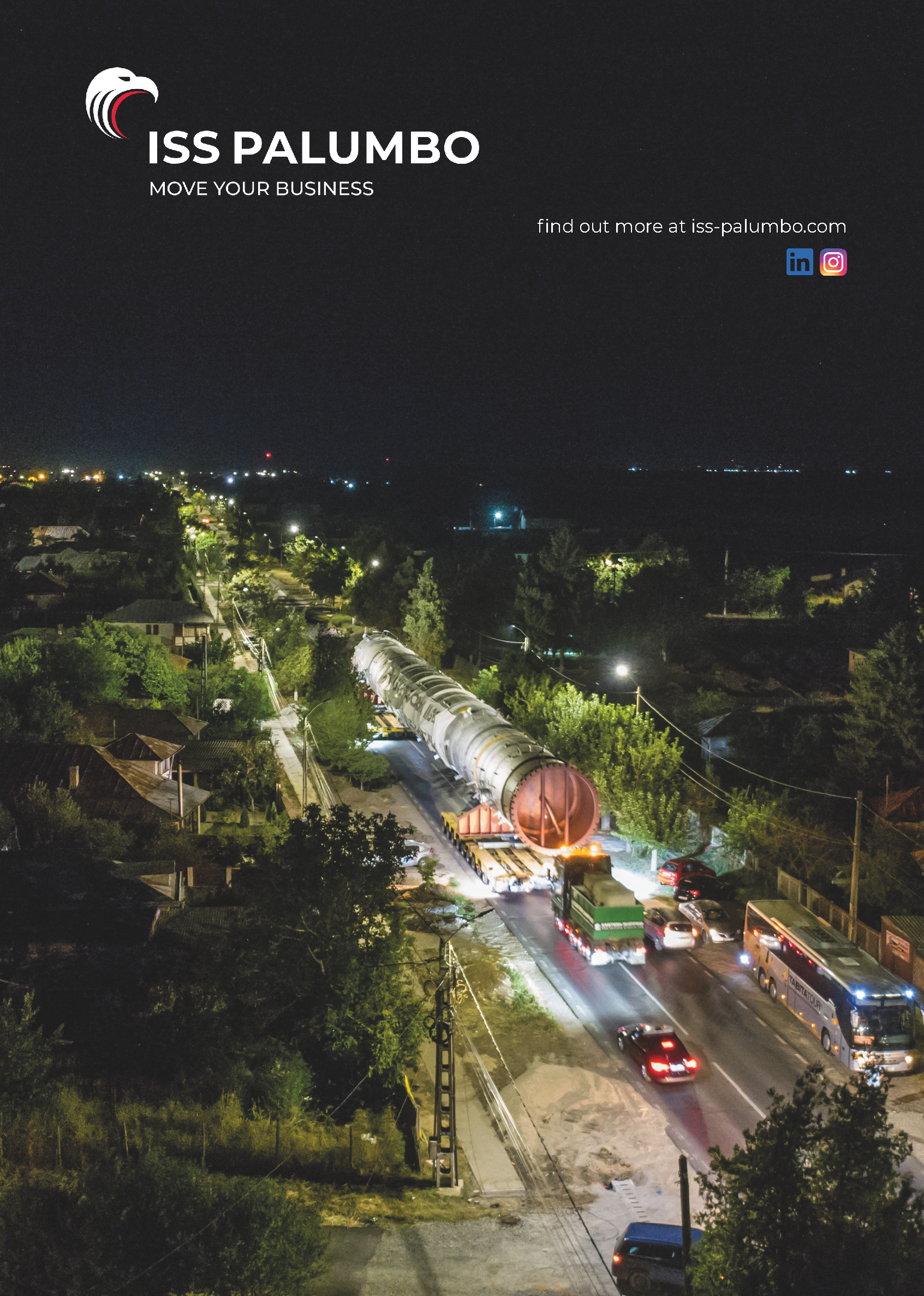In today’s fast-paced business environment, real-time inventory tracking has become essential for companies aiming to streamline operations and meet customer demands efficiently. By providing instant access to inventory data, this technology empowers businesses to make informed decisions, minimize stock discrepancies, and improve customer satisfaction. This article explores the significance of real-time inventory tracking, its benefits, and the technologies that make it possible.
What Is Real-Time Inventory Tracking?
Real-time inventory tracking involves continuously monitoring and updating inventory levels using advanced technologies such as RFID, IoT (Internet of Things), and Warehouse Management Systems (WMS). Unlike traditional inventory methods that rely on periodic updates, real-time systems offer immediate visibility into stock movements, ensuring accurate data at all times.
Why Real-Time Inventory Tracking Matters
The importance of real-time inventory tracking extends across industries, from retail and manufacturing to logistics and e-commerce. Here’s why it matters:
- 1. Accuracy: Eliminate human errors and discrepancies in stock levels.
- 2. Efficiency: Speed up decision-making with instant access to inventory data.
- 3. Customer Satisfaction: Prevent stockouts and overstocking, ensuring products are available when needed.
- 4. Cost Savings: Reduce waste and optimize storage space by maintaining accurate stock levels.
Technologies Behind Real-Time Inventory Tracking
- 1. RFID (Radio-Frequency Identification)
RFID technology uses electromagnetic fields to identify and track inventory items. RFID tags store item data, which is transmitted to readers for real-time updates.
- · Advantages: Non-line-of-sight scanning, bulk reading, and durability.
- · Applications: Ideal for large warehouses and supply chain operations.
- 2. IoT (Internet of Things)
IoT connects physical devices such as sensors and smart shelves to a centralized system, enabling real-time data sharing.
- · Advantages: Automated updates, predictive analytics, and integration with other systems.
- · Applications: Monitoring perishable goods, tracking high-value items.
- 3. Warehouse Management Systems (WMS)
A WMS is a software solution designed to optimize inventory management. It integrates with technologies like barcode scanners and RFID to provide real-time updates.
- · Advantages: Comprehensive data analysis, route optimization, and real-time reporting.
- · Applications: Multi-location inventory management, performance monitoring.
Benefits of Real-Time Inventory Tracking
- 1. Improved Inventory Accuracy
Traditional methods often result in discrepancies due to manual counting or delayed updates. Real-time tracking eliminates these issues, ensuring that stock levels are always up-to-date.
- 2. Enhanced Supply Chain Visibility
With real-time data, businesses can monitor inventory across multiple locations, providing a clear picture of supply chain operations and identifying bottlenecks.
- 3. Better Demand Forecasting
By analyzing historical and real-time data, businesses can predict demand trends, helping to avoid stockouts or overstocking.
- 4. Reduced Operational Costs
Real-time tracking minimizes the need for periodic audits and reduces storage costs by optimizing inventory levels.
- 5. Faster Order Fulfillment
Accurate stock data allows for quicker picking and packing, resulting in faster deliveries and improved customer satisfaction.
Challenges in Implementing Real-Time Inventory Tracking
While the benefits are clear, implementing a real-time inventory tracking system comes with challenges:
- 1. High Initial Costs
o Advanced technologies like RFID and IoT require significant upfront investment.
- 2. Integration Issues
o Ensuring compatibility with existing systems can be complex and time-consuming.
- 3. Employee Training
o Staff may need extensive training to adapt to new technologies and processes.
- 4. Data Security
o Real-time systems collect vast amounts of data, making them susceptible to breaches if not properly secured.
Best Practices for Implementing Real-Time Inventory Tracking
To successfully adopt real-time inventory tracking, businesses should follow these best practices:
- 1. Assess Needs and Goals
o Identify specific pain points in your inventory process and set measurable goals.
- 2. Choose the Right Technology
o Evaluate options like RFID, IoT, or WMS based on your business size and needs.
- 3. Integrate Systems
o Ensure the chosen technology integrates seamlessly with your existing ERP (Enterprise Resource Planning) or CRM (Customer Relationship Management) systems.
- 4. Train Employees
o Provide comprehensive training to employees to ensure smooth adoption and efficient use.
- 5. Monitor and Optimize
o Continuously monitor system performance and make adjustments based on analytics and feedback.

Real-Time Inventory Tracking in Action
Case Study: Retail
A global retail chain implemented RFID technology to manage its extensive inventory across hundreds of stores. With real-time tracking, the company reduced stock discrepancies by 90% and improved restocking efficiency by 50%. This resulted in increased sales and enhanced customer satisfaction.
Case Study: Manufacturing
A manufacturing firm adopted IoT sensors to monitor raw material levels in real time. The system automatically triggered reorders when stock reached predefined thresholds, reducing production delays and ensuring a smooth workflow.
The Future of Real-Time Inventory Tracking
As technology continues to evolve, the future of real-time inventory tracking looks promising. Here are some trends shaping the industry:
- 1. AI and Machine Learning
o Predictive analytics powered by AI can further improve demand forecasting and inventory optimization.
- 2. Blockchain Integration
o Blockchain can enhance transparency and security in supply chain operations, ensuring data integrity.
- 3. 5G Connectivity
o Faster and more reliable connectivity will enable seamless communication between devices, enhancing real-time capabilities.
- 4. Sustainability Initiatives
o Real-time tracking can support eco-friendly practices by reducing waste and optimizing resource utilization.
Why Choose ISS Palumbo for Real-Time Inventory Tracking?
At ISS Palumbo, we specialize in integrating advanced technologies to enhance logistics operations. Our real-time inventory tracking solutions are tailored to meet your unique business needs, ensuring accuracy, efficiency, and scalability.
Conclusion: Unlocking the Potential of Real-Time Inventory Tracking
Real-time inventory tracking is no longer a luxury but a necessity for businesses looking to stay competitive in today’s dynamic market. By adopting cutting-edge technologies and following best practices, companies can achieve unparalleled efficiency and customer satisfaction.
Contact us! Together we will find the perfect solutions for all your needs.
Hashtags
#isspalumbo #moveyourbusiness #realtimeinventory #logisticsinnovation



Leave a comment